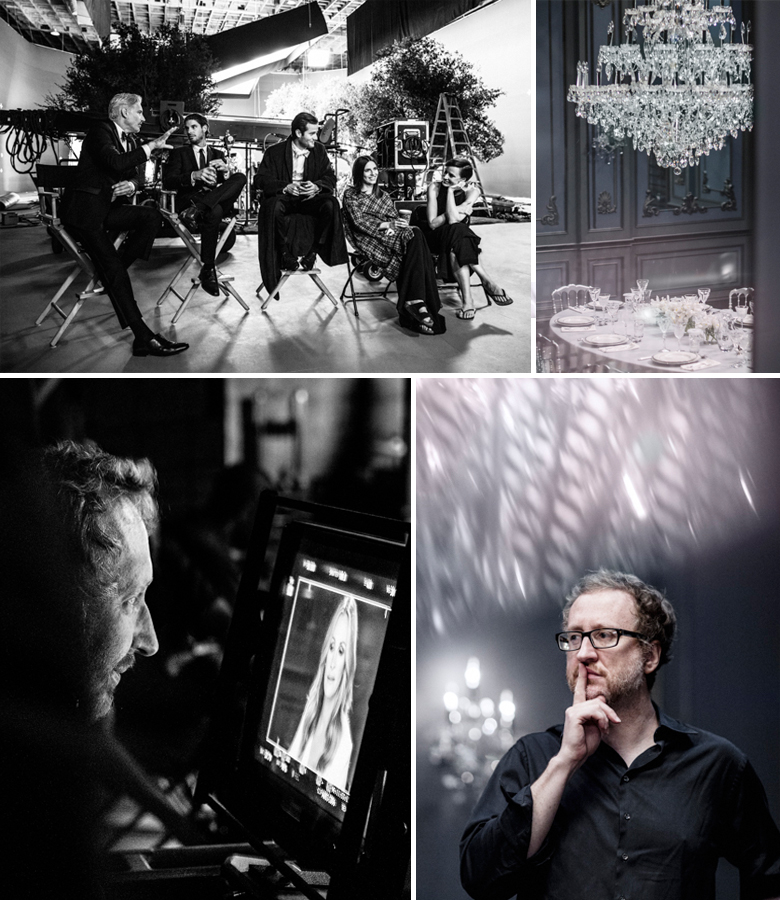Wrapping up this beautiful communication for Lancome’s #LaVieEstBelle fragrance line, today I’m taking you gals on a behind the scenes look at the film that captured the essence of happiness. Plus, I’ve got an exclusive interview with director James Gray, on what it was like working with Julia Roberts and what “La vie est belle” means to him…
If you haven’t already seen this beautiful film, portrayed by Hollywood’s favourite girl next door, then you should definitely check it out here as it’s a wonderful story that reminds us to seek the beauty that lies beyond.
But first, a quick video clip…
The location for this film took place in The Lot, which is one of Hollywood’s most iconic studios.
It was in this very studio that legendary cinematic masterpieces such as Some Like it Hot starring Marilyn Monroe and Guys and Dolls starring the legendary Marlon Brando were born.

With the help of 100 technicians, 175 extras and 15 days of work to build and install the set, it’s a film that shows the perfect blend of fantasy and reality. A film brought to life by the vision of esteemed director James Gray and the beauty and mesmerising smile of Julia Roberts, who come together to illustrate the mood of La Vie Est Belle, represented by one word – Happiness!
In James Gray’s own words, “this film speaks of the refusal to be confined to the small box of convenience and the need to look elsewhere to find beauty and, most importantly, a real sense of personal achievement.”
This is a wonderful declaration of love to happiness concludes in Paris, at the heart of the French capital with Gray bringing in a bright new perspective against the Paris night.
“It was a huge challenge, as you can imagine, with Paris so often celebrated in cinema. To showcase the city, I wanted to display an immediately recognisable part – the Eiffel Tower – but in a mostly unfamiliar setting. So we opted for an unusual play on light with a pink-stained sky,” explains Gray.
1. From a director’s point of view, when you are doing a spot like this, on what are you focused?
My job is to focus on the actors and communicating honesty. But you’re also in control of so many elements. You have to deal with the visual aspect and making sure that it’s endlessly stimulating. You have to communicate all of these things at once. One of them is a sort of emotional authenticity that the actor or, in this case, really, a superstar is really sincere and appears sincere.
2. How was it to work with Julia Roberts?
Julia Roberts is… the same person off camera that she is on. She’s absolutely divine, a complete pleasure. She has so much vitality, so much life to her. And she has such a wonderful tenderness. I adored her instantly.
3. How does the story evolve?
The film, which is essentially three different acts if you will, three different stages, is a progression. The first is just a very small space, the second is larger and less formal and the third is an absolute expression of contentment and fulfilment.
4. Can you tell us about the meaning behind the visual effects?
The visual effects in the piece and the meaning behind is that we can’t be forced into a box. We have to be able to see beyond to realise that there is beauty beyond what we can immediately see. In this case of course, the idea is that Julia is showing us a new way, a new path, and that something can lead to ever greater sense of contentment.
5. What does La vie est belle mean to you?
The line, “La vie est belle” is almost the words to live by because we can find ourselves struggling against the day-by-day trials of what it means to be a person. But really when you step back from it, to be alive is such a joy, it’s such a beauty. And I’ve had to learn it, in a sense, over the course of my own life that you learn to love the process. That’s’ what it means to me, “La vie est belle”.
[signature]